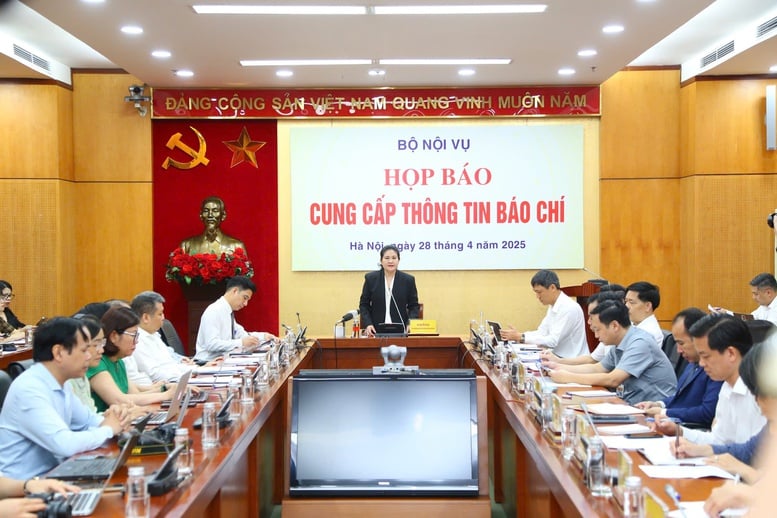
Press conference providing press information of the Ministry of Home Affairs - Photo: VGP/TG
At the press conference of the Ministry of Home Affairs on April 28, reporters asked about the upcoming nationwide policy of not organizing district-level units. Of the current 696 district-level administrative units, 87 cities belonging to provinces and cities belonging to centrally-run cities will no longer exist. Many experts, scientists and many people strongly support this policy.
However, many opinions suggest that these cities should be retained by considering them as a type of local government at the grassroots level. So what is the opinion of the Ministry of Home Affairs on this?
Responding to this issue, Mr. Phan Trung Tuan, Director of the Department of Local Government (Ministry of Home Affairs) said that the initial proposal of the Ministry of Home Affairs still has the model of cities and towns under the province and is determined to be a grassroots administrative unit.
“According to our initial proposal, the local government will be organized into two levels, including the provincial level and the grassroots level. The grassroots level includes communes, wards, special zones, cities, and towns.”
However, when submitting to the competent authority, this matter was carefully considered. The Politburo reviewed and commented on the project three times, carefully considering why not to retain the provincial towns and cities.
"The reason is that we have agreed on the policy of completely abolishing the district level, leaving only the commune level at the grassroots level. On the other hand, there is a psychological factor of fear of impact and influence on many people. They will wonder why the Central Government has decided to abolish the district level while still keeping the cities and towns that are currently at the district level," Mr. Tuan explained.
After careful consideration, the Politburo and the Central Committee agreed to unify the organization of local government at two levels, completely eliminating the district level. The Politburo and the Central Committee also agreed to organize a relatively compact model, to ensure the best service to the people, to ensure effectiveness and efficiency, and to bring grassroots government closer to the people...
Accordingly, the two-level local government model will have provinces and centrally-run cities; the commune level will only have communes, wards, and special zones (organized in island areas). There will be about 12-13 special zones according to the plan submitted by the localities.
Regarding the naming of commune-level administrative units after the rearrangement, Mr. Tuan said that this has been "fully delegated to the locality".
Pursuant to the provisions of Resolution No. 76/2025/UBTVQH15, localities shall proactively name and rename commune-level administrative units to suit local realities, ensuring that the names are easy to read, easy to remember, concise, systematic, scientific, consistent with the historical and cultural traditions of the locality and supported by local people.
"It is possible to use the old commune name, the name of a famous person, a historical place name, or the old district name to name the new commune or ward, it is up to the locality to decide. It is necessary to find a way to make the naming of the new commune or ward effective in management and create the most consensus among the people," Mr. Tuan stated his opinion.
Referring to the tasks of the provincial and communal levels after the arrangement, Mr. Tuan said,
Regarding the arrangement of official residences and shuttle buses for officials and civil servants (if any) in localities after the merger, Mr. Tuan said that Resolution No. 76/2025/UBTVQH15 dated April 14, 2025 of the National Assembly Standing Committee on the arrangement of administrative units in 2025 has stipulated this.
Specifically, in Clause 2, Article 12, it is stated as follows: "The provincial-level local government where the political-administrative center of the provincial-level administrative unit expected to be formed after the rearrangement is expected to be located is responsible for proactively balancing and allocating the budget to invest in repairing, renovating and upgrading the working headquarters that will continue to be used to serve the operations of the administrative unit after the rearrangement; paying attention to arranging official housing, means of transport for work and travel needs for the staff, civil servants, public employees and workers of the administrative units implementing the rearrangement to stabilize working conditions at the administrative unit after the rearrangement; guiding and creating conditions for the commune-level local government after the rearrangement to balance the budget to invest in repairing, renovating and upgrading the working headquarters, ensuring working conditions for agencies, organizations and units at the commune-level administrative unit".
Source: https://baochinhphu.vn/bo-noi-vu-ly-giai-vi-sao-khong-giu-lai-thi-xa-thanh-pho-thuoc-tinh-102250428145215026.htm




![[Photo] Many young people patiently lined up under the hot sun to receive a special supplement from Nhan Dan Newspaper.](https://vphoto.vietnam.vn/thumb/1200x675/vietnam/resource/IMAGE/2025/5/18/6f19d322f9364f0ebb6fbfe9377842d3)
![[Photo] Party and State leaders attend the special art program "You are Ho Chi Minh"](https://vphoto.vietnam.vn/thumb/1200x675/vietnam/resource/IMAGE/2025/5/18/6895913f94fd4c51aa4564ab14c3f250)

![[Photo] Ready for the top competitions of Vietnamese table tennis](https://vphoto.vietnam.vn/thumb/1200x675/vietnam/resource/IMAGE/2025/5/18/9c547c497c5a4ade8f98c8e7d44f5a41)
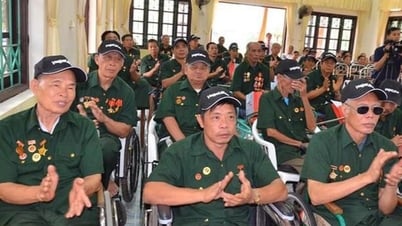

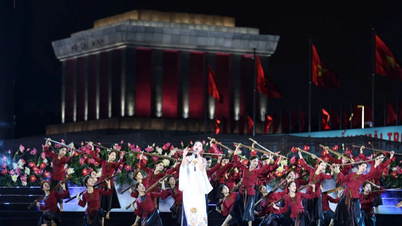

![[Photo] Walking on the royal poinciana flower road in the West](https://vphoto.vietnam.vn/thumb/402x226/vietnam/resource/IMAGE/2025/5/18/f9335355d0744d1593f7e36bc4c7f4b7)

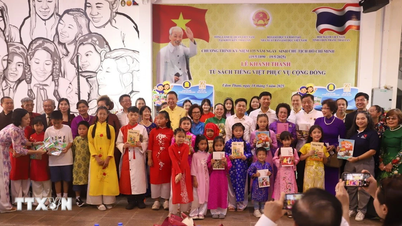








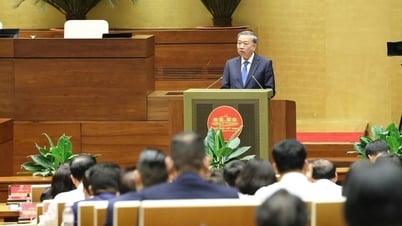
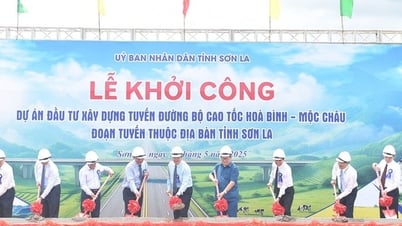

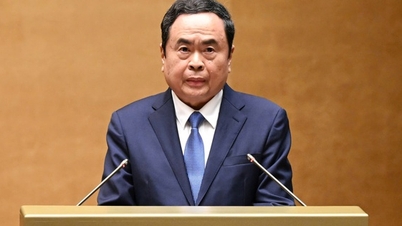



















































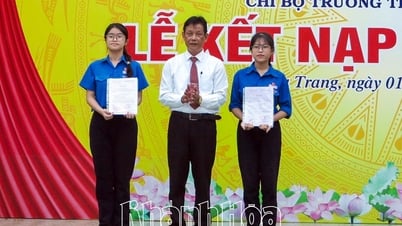
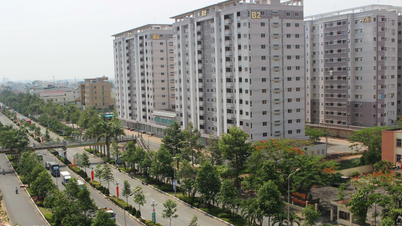












Comment (0)